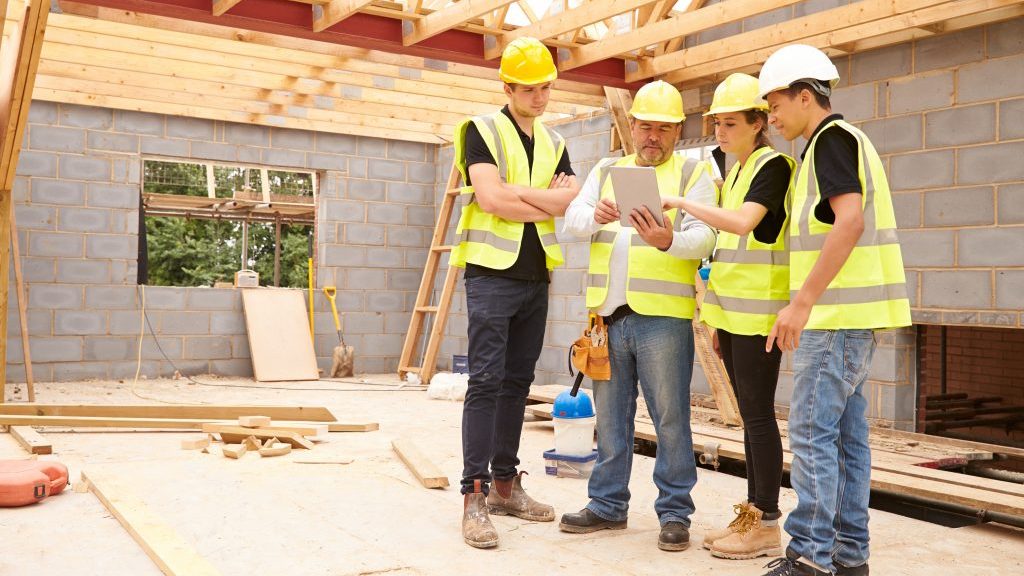VICTORIA, B.C. — A new study from international construction experts and scholars concludes the building sector already has the tools to achieve net-zero energy goals on many projects.
The study, published as part of a cross-sector partnership including senior members of the Intergovernmental Panel on Climate Change, finds the technology and skills already exist to achieve net- or nearly-zero energy building in nearly every part of the world at costs in the range of those of traditional projects.
The authors believe the sectors that can make the biggest difference in reducing carbon emissions include power, transport and buildings, stated an Oct. 20 release. The building sector in particular is responsible for 39 per cent of energy related greenhouse gas emissions globally, and embodied carbon in building materials is also an impediment.
“With respect to climate change, the world has agreed to a target of 2 degrees C, but we find ourselves on a pathway towards between 3 and 5 degrees C. Buildings are at the core of meeting the world’s quality of life ambitions and addressing climate change. Of all the options available to us, getting buildings right stands out in terms of timeframe, scale effect and economics,” said Scott Foster, director of the Sustainable Energy Division with the United Nations (UN) Economic Commission for Europe.
“The UN developed our Framework Guidelines for Energy Efficiency Standards in Buildings as principles-based standards conceived to meet the challenges. To do so we followed a similar approach to this paper, incorporating climate science and industry advances to inform public policy. The alignment of the findings in this paper with the Framework Guidelines reflects the growing global consensus on sustainable buildings for all.”
The study examines low and ultra-low energy buildings and policies internationally and finds that change can often be achieved quickly. For example, Brussels transformed its buildings from among the lowest performing to the highest performing in all of Europe in just seven years, using a combination of voluntary measures to support and encourage industry leaders and demonstrate what was possible prior to requiring that level of performance through regulation.
The study finds that the cost of sustainable buildings can match those constructed through traditional methods. For example, the City of Vancouver anticipated a modest increase in construction costs as a result of increased building code performance requirements but instead experienced a cost decrease of one per cent.











Recent Comments
comments for this post are closed